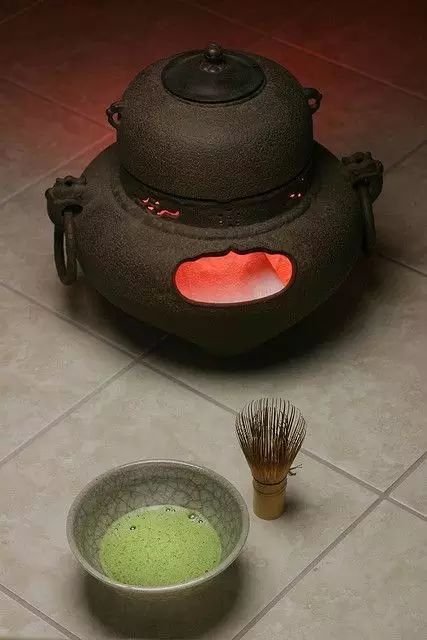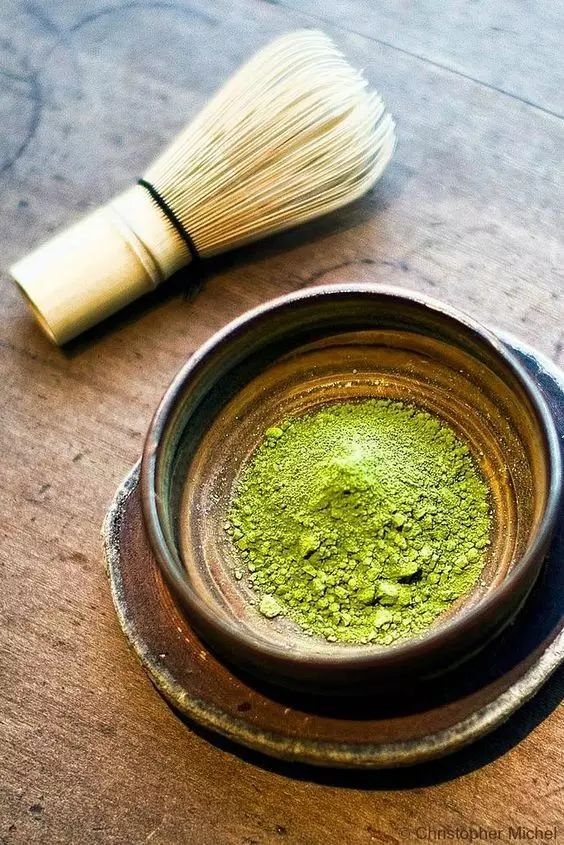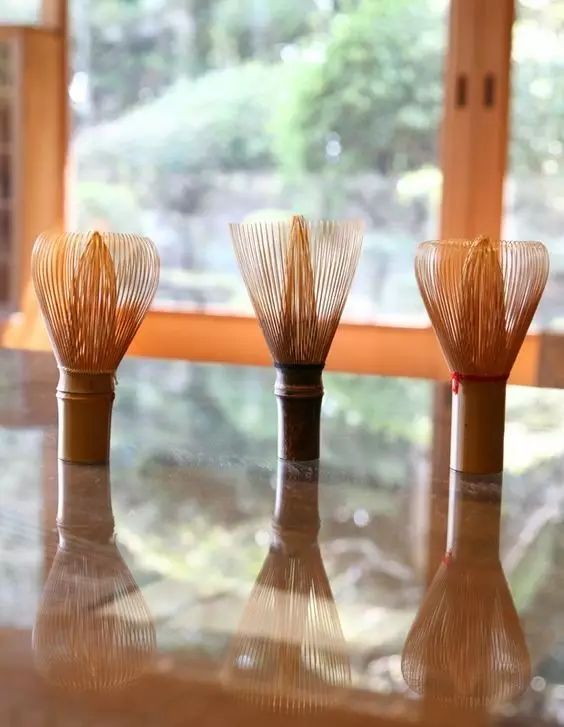Tea whisk is a tea blending tool used in ancient times for brewing tea. It is made from a finely cut bamboo block. Tea whisks have become a must-have in modern Japanese tea ceremony, used to stir powdered tea. The tea brewer first uses a slender Japanese tea needle to pour powdered tea into a tea bowl, and then adds hot water with a spoon. After that, stir the powdered tea and water with tea to form foam.
The use of tea whisks
The tea whisk was a tea making tool used in ancient times, similar to the function of a modern spoon.
Stir the tea whisk until the tea powder is evenly soaked, then pour in an appropriate amount of cold water and quickly stir with the tea whisk to create bubbles. Although the tea whisk is small, there are also many precautions to be taken when using it, and one must be very careful. Strictly speaking, tea whisks are disposable consumer goods, but frugal Japanese people allow the repeated use of one tea whisk in general tea ceremony practice. However, when holding major tea events, it is stipulated that a new tea whisk must be used to express the importance of tea affairs, respect for tea people, and the understanding and embodiment of the tea ceremony spirit of “harmony, respect, clarity, and tranquility” through “sanctity”.
After using the matcha tea whisk, it should be washed clean and dried. After washing, use your fingers to organize the shape of the bamboo shreds, and gently pull them outwards. Avoid the gathering of bamboo filaments, which will affect the generation of foam in Matcha.
Cleaning of tea whisks
Matcha whisk cleaning simply means washing with water, drying naturally, and storing. However, paying attention to some details in practical operation can make the cleaning cleaner and maintain the shape of the tea whisk, which can be used for a longer time:
(1) Prepare about 1cm of cold water in the pot, just like when ordering tea. Quickly brush the tea whisk back and forth several times to wash away any tea stains;
(2) Use your thumb and index finger to remove the tea stains from the outer ear one by one;
(3) Use your thumb and index finger to remove the tea stains from the inner ear one by one;
(4) The tea whisk quickly brushes and cleans the tea stains again in clean water;
(5) The tea whisk is shaped to restore its original form, with the outer ear adjusted to a circular shape and the inner ear tightened towards the center. The whisk is then steeped, cut, and gathered together;
(6) Wipe off the water stains on the tea whisk;
(7) If there is a tea whisk stand, placing the tea whisk on the stand can maintain its shape and ensure that the tea whisk is placed properly.
Maintenance of tea whisks
Regarding the maintenance of tea whisks, it is also important to avoid sun exposure, baking, and soaking. Traditional bamboo tea whisks should not be exposed to direct sunlight, baked, or soaked in water for extended periods of time. After cleaning, place it in a well ventilated area to air dry naturally before storage. If you want to remove it from the tea whisk, air dry it until it is almost set, then remove it and continue air drying so that moisture does not accumulate in the center of the inner ear. If the tea whisk is not completely dry before storage, there is a possibility of mold growth. If there are mold spots on the tea whisk, rinse it with water and see if it can be wiped off. If there is an odor, it is not recommended to continue using it. Tea whisks and tea bowls are the same, proper use and care can last longer.
Post time: Jul-22-2024








